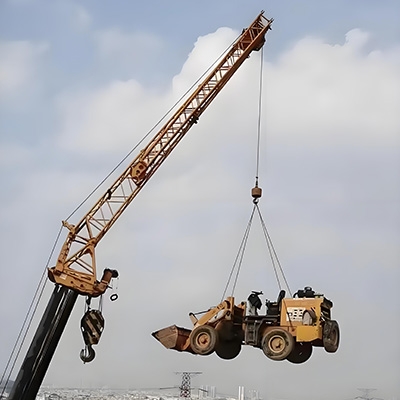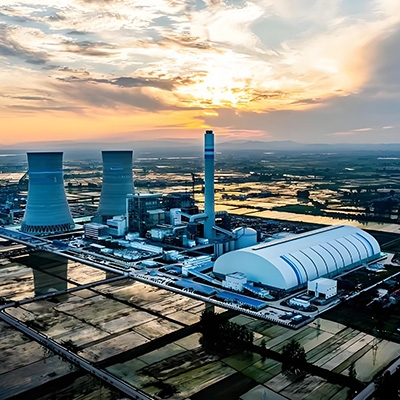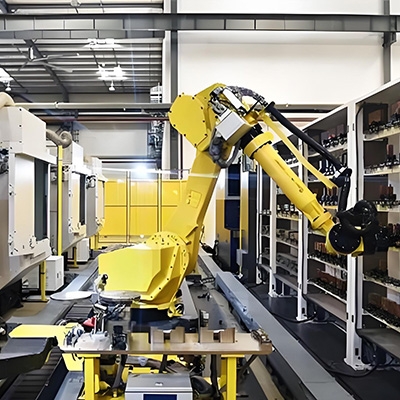Tension Load Cell
Miniature Tension and Compression Load Cell, 1kg~500kg
Mini Tension and Compression Load Cell, Stainless Steel
Accurate Tension and Compression Load Cell, 100kg~20 ton
Compact Tension and Compression Load Cell, 0-20kN
Tension Load Cell for Crane, Plate-ring Type, 2 ton~70 ton
Column Tension Load Cell, 10 ton/20 ton/50 ton to 200 ton
Tension and Compression Load Cell, Spoke Type
Wire Rope Tension Sensor, Pulley Type, 2kg-100kg
Force measurement is a core component of safety control and quality management. Tension load cells, as high-precision measurement devices, convert tensile forces into quantifiable electrical signals. They are widely used in a variety of fields, including lifting operations, structural monitoring, testing, and automated production. They not only improve the safety and reliability of production processes but also provide solid data support for engineering and scientific research.
Working Principle
Tension load cells operate based on the strain gauge effect. When a metal elastic body is subjected to tension, it undergoes subtle deformation, causing the resistance of the attached strain gauge to change accordingly. This resistance change is amplified and converted into an electrical signal using a Wheatstone bridge circuit, outputting a value proportional to the actual tension. Using this principle, tension load cells can convert invisible mechanical forces into clear, intuitive data, enabling real-time monitoring and recording.
Application Scenarios
Tension load cells have far more applications than one might imagine:
- Lifting and Hoisting: In cranes, hooks, and lifting rigging, they help monitor tension in real time to prevent overloading accidents. Bridge and Construction Engineering: Steel cables in bridges and prestressed steel bars in buildings require long-term tension monitoring to ensure structural safety.
- Experiments and Testing: In material testing machines, tension sensors are used to test the tensile strength of materials such as steel, plastic, and rubber. They are essential tools for R&D and quality assurance.
- Industrial Production: In textile, paper, and film production lines, tension directly impacts product quality. Sensors ensure that paper is flat, fabric is evenly distributed, and film is wrinkle-free.
- Energy and Transportation: Wind turbine towers, power transmission lines, port hoisting, and container weighing all require tension monitoring to ensure operational safety and efficiency.
- Aerospace: Tension sensors are essential measuring equipment for structural testing of aircraft components and rocket launches.

Lifting and Hoisting

Energy

Industrial Production
Why They Are Needed
- For safety: Excessive tension on cranes and bridges can be dangerous. Sensors provide early warning.
- For Precision: In the laboratory, scientists need to know how much tension a material can withstand to determine its strength.
- For quality: In industries like papermaking and textiles, maintaining stable tension is crucial for producing smooth paper and fabric.
The importance of the tension load cell lies in converting invisible tension into quantifiable data, providing a solid guarantee for safety, quality, and efficiency. With the continuous advancement of industrial automation and intelligence, the application scope of tension sensors will continue to expand, playing an irreplaceable role in more critical areas. Although compact, they safeguard industrial efficiency and our safety.









































